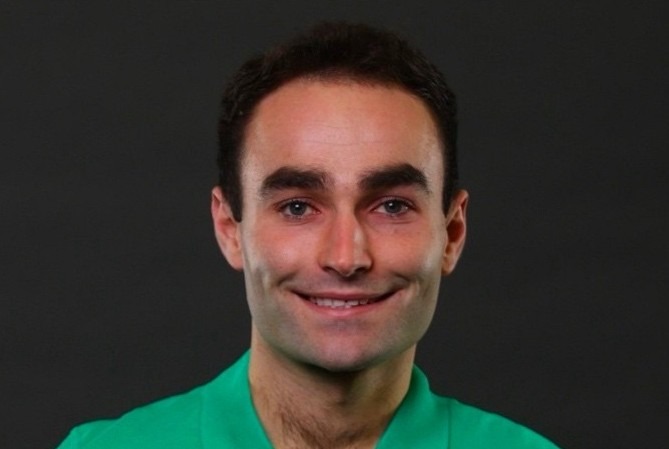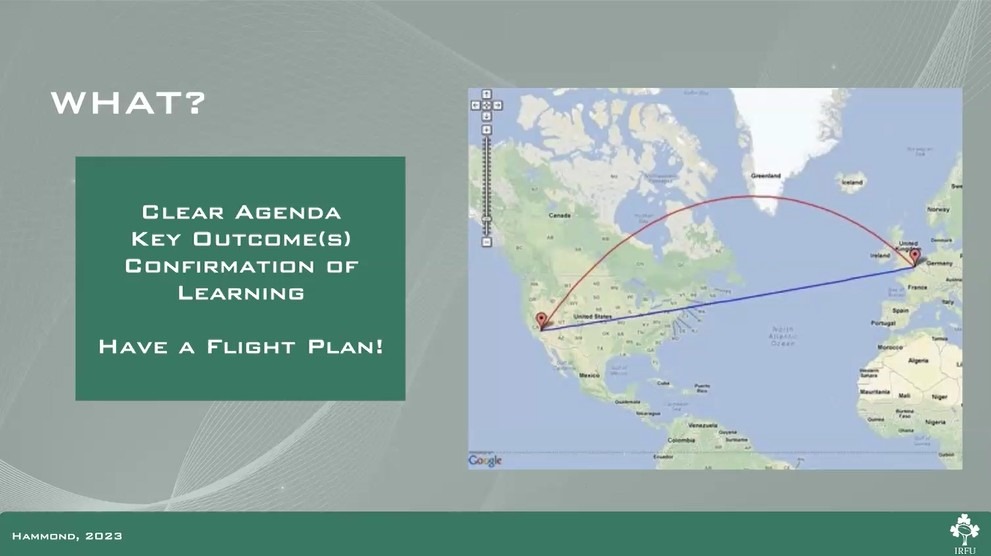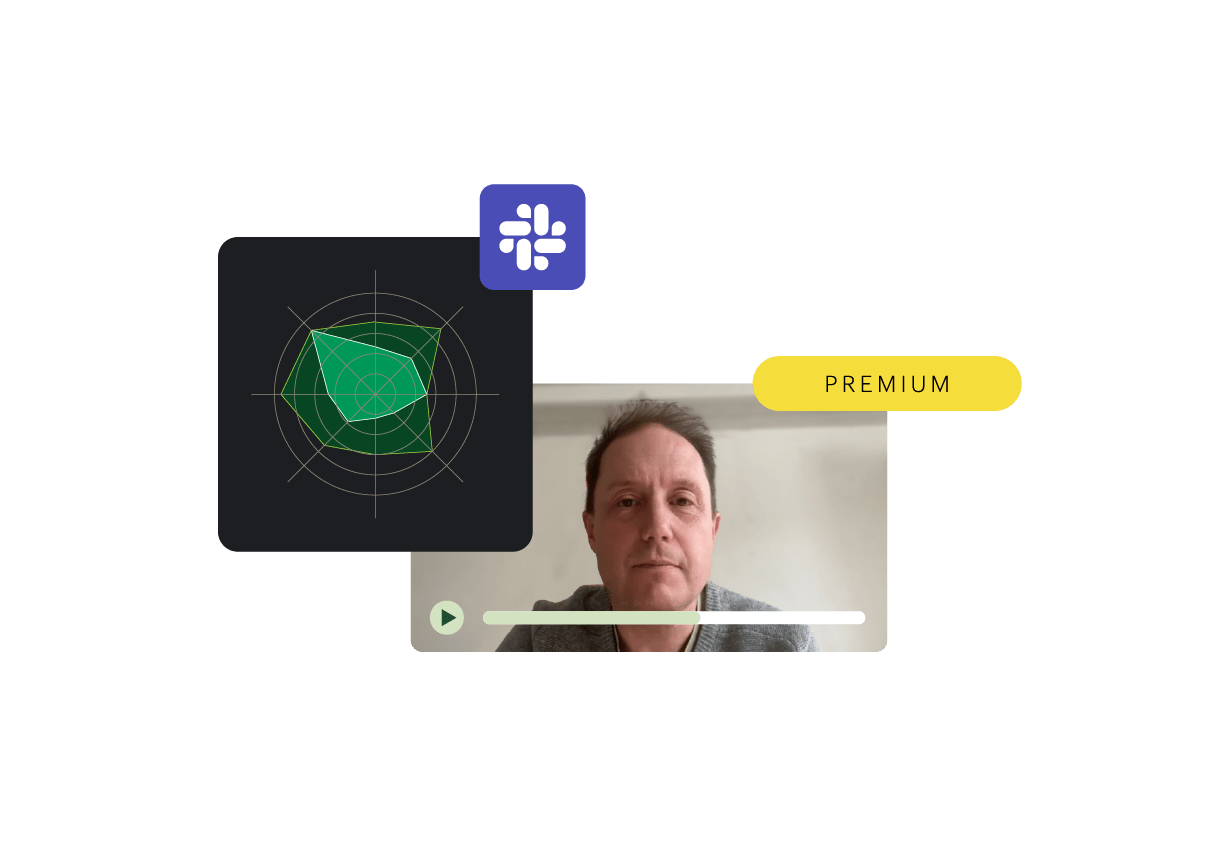
Jack Hannon: Five Ws and an H – how to present your analysis
Written by
Jack Hannon
September 25, 2025
Jack Hannon is a Performance Analyst for Irish Rugby (IRFU). In this article, he discusses the best way to present analysis and is taken from his ‘Analytics in Rugby’ Masterclass presented to TGG x Twelve Analytics Members on Monday.
Jack Hannon: I believe the delivery is as important – if not more important – than the analysis and insights you conduct.
You can come up with these great insights and great findings, but if you don’t know how to deliver that to a coach or to a group of players, there’s no point in doing the analysis.
These are just some practical findings I’ve seen over the years.
Five Ws and an H: I believe this approach is used by journalists for the first paragraph of whatever story they’re looking to tell. You want to hit the who, the what, the why, the when and the where. It basically sets the scene, so you know what you’re looking at and what you’re talking about. This can be used for us as analysts as well, albeit in a slightly different way.
When we’re looking at it from an analysis point of view, I reorder it slightly:
Why
The first thing I’d probably look at is the why. There’s this great book by Simon Sinek called Start With Why. It’s a really interesting read and I’d recommend it to anyone.
I’ve been in a number of teams and there’s always a team schedule.
It’s like, ‘team meeting first thing on a Monday morning’. And that’s probably the wrong reason to have a meeting. There needs to be a really clear goal or outcome from the meeting.
Always ask yourself, ’Is this meeting really necessary?’ ‘Why are we having it?’ You might say, ‘Actually, I don’t need the meeting’, or ‘Yeah, I know exactly what I’m going to get out of it’.
It just puts a lot more structure to what you’re going to get, but also gives great clarity for the players or the coaches, whoever else is going to that meeting as well.
Who
The next thing is the who. To talk about this, I’m going to use a zoo analogy.
When you’ve explored why you’re having your meeting, the next thing is who needs to go. Does everyone need to be in one meeting? Or do you only need some players?
And you might need to just tell specific leaders something. Or you might just tell the kickers something that’s rugby-specific. I’m sure it can be seen in football between positional groups like defenders and strikers.
Sometimes it is important to get the whole team together, but to keep it within this analogy of the zoo, you need to have a really well-trained zookeeper to be able to feed all of the animals at once.

The coach or the analyst who’s running that meeting needs to be on the ball and able to cater to the player who has 100 appearances for the team, as well as the player who’s 21 and has three appearances.
Understanding who needs to be there is very, very important. This is a little schematic for a typical matchweek within the set-up in rugby.
You have your assembly at the start of the week and this is where you might have all your individuals coming in and you might just check in. What do you need this week? You know you need some video footage on that and that this player really likes a graphic drawn out of their kick maps or whatever.
As you get into the week, then you might get little positional groups forming. You might get the half-backs together to talk about what plays they’re going to play off their scrum and the forwards together to talk about the line-out calls. Maybe the front rows get together with the back rows and talk about what position-specific stuff they need to discuss.
I find these smaller groups give a bit more space or scope for players who maybe aren’t that comfortable in a group of 40 to put their hand up and be like, ‘Yes, this is what I think’, or ‘This is what I’m going to say’ – especially if they’re young or new and have got someone who’s way more senior sitting, who they’ve probably watched on TV for the last 10 years.
In that case, it could be an intimidating place to be. So if you have these smaller positional groups, you might actually, as an analyst or a coach, hear that person or player talk and get a sense of where their head is at.
As you move through the week, you might come more into units. So all the forwards might start to have more meetings together, the backs might start to do more together as a whole. And then ultimately as you’re getting towards gameday, you can see that funnel’s narrowing.
So that narrowing is probably you’re condensing your information, you’re getting everyone on the same page, concise delivery of messaging and it’s becoming more and more player-led. Ultimately we want them all to be putting on the green jersey on matchday, all on the same page and knowing exactly what the plan is for the next 80 minutes on the pitch.
What
A clear agenda is so important – having key outcomes for your meeting and what you want to get out of it.
It’s also really good for confirmation of learning, because you then have something to fall back on, to say the players have taken away what I wanted them to, or no they didn’t. I try to liken this to a flight plan.
You know, once a plane takes off from London and it’s heading over to Los Angeles, that has a number of waypoints it has to hit at different times. These are set out for them, because once they’re up in the sky, they don’t have air traffic control to talk to.
They need to know exactly what their route is going to be, what the plan is, what points they are going to hit along the way, so they can then get to a safe landing on the other side. This is where you want to get with your meeting too.

When
There is a book by Daniel H. Pink called When: The Scientific Secrets of Perfect Timing.
It’s basically saying that there are optimum times of the day for individuals to take in information, when people are at their most productive.
It might be first thing in the morning for some people, might be in the afternoon or evening – it does vary from place to place or person to person. If you’ve got dinner at 7pm in the team hotel and then there’s a meeting at 8pm, I can probably guarantee you that most of the players are going to be fairly switched off by the time you get to that meeting and heading into a food coma.
It’s important that you can plan out and map when you’re going to deliver this information within a day. Maybe it’s before a session, or maybe after one.
Also, it might be in the context of the whole season. If things are going really well, you might be able to deliver some messages to them. However, if you’re going through a tough spot and you’re two losses on the bounce, it might be not be the time to deliver a certain bit of information.
Again, that’s just something that you can kind of feel yourself and try and be aware of; not just sticking things in for the sake of it. Just try and have a plan of when the meeting should happen.
Simply switching up where a meeting is could be something that is a really simple fix.
Jack Hannon
Where
This is a big one that we try to implement within the IRFU in having different locations for each meeting.
We have no two consecutive meetings in the same place. We use a mix of outdoors, indoors and then hybrid meetings. It can be challenging and you’re somewhat constrained depending on what your facilities are, but we find that if you can change that stimulus, it’s less likely that a player is going to switch off for 15 minutes, because they’re in a different environment.
They’re not just sitting in the same chair within the same four walls.
We try to problem-solve on the go as well. We get in a big TV screen for training sessions with the men’s senior team so they can review pitchside. They go and do their drill, they go and have their play, then they come back in and the coach talks them through the clip. They watch it and then they go straight back out on to the pitch.
That’s probably a really positive example and not everywhere might be able to do that, but simply switching up where a meeting is could be a simple fix that you get good bang for your buck from.
I’ve even seen in the middle of meetings, coaches just say, ‘OK, everyone stand up and switch places’. You know, small little things like that, just to keep people stimulated and to keep interest going as well.
How
The way you deliver the information can depend obviously on the group that you’re dealing with – their level of what we call their Analysis Age or Analysis IQ. In short, are they ready for this type of analysis or not?
One of the things we of look at is this flipped classroom approach. Essentially, if we have a meeting tomorrow morning and have three clips we want to show, we send the clips to the players the night before.
It means they have time to look at the clips, form their own opinion and then they’re coming to the meeting ready to interact with you, as opposed to seeing the clip for the first time. Because I guarantee you that the first time a player sees a clip, it’s like, ‘Where am I, what am I doing?’
Next time they see it, ‘Oh, what am I doing wrong?’. Next one, ‘If I’m not doing something wrong, who is doing something wrong?’.
So if you can kind of get ALL of that out of the way first, then you can have much more productive meetings and conversations with players, so that they’re ready to add value.
A really hard one for coaches and analysts to stick to that we try to keep it to five clips max. It’s probably easier to stand up in front of a group for an hour and talk, as it is to stand up for 15 minutes and get your point across.
We have a Cohesive Coaching Panel on Day Two of TGG Live 2025 featuring Lee Johnson, Emiliano Marcondes and John-Mark Sisman, when we will be exploring some of these themes in more detail. For more details and to buy tickets, click here.
Follow Us
For latest updates, follow us on X at @ground_guru




